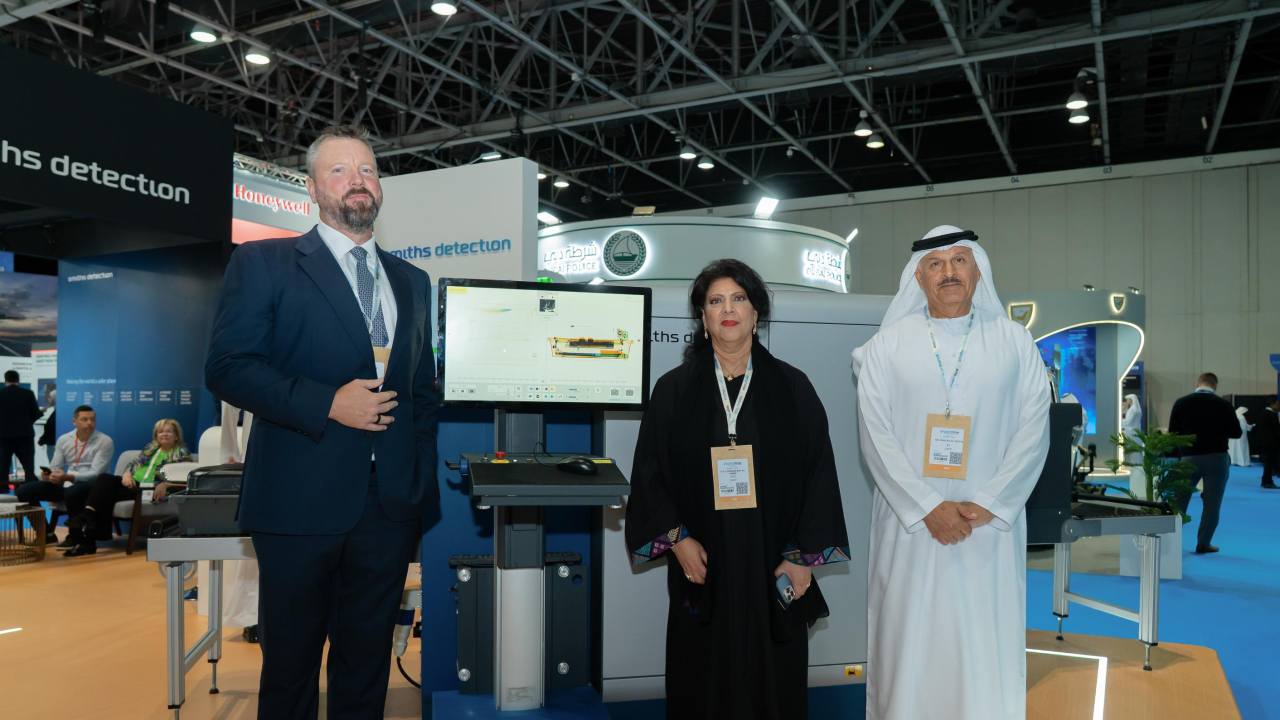Star ship enterprise

Abu Dhabi could become the Middle East equivalent of the USA's Florida space coast, thanks to the recently-announced deal between Aabar investments and Virgin Galactic.
Abu Dhabi’s Aabar Investments announced in July that it is to invest $280m and take a 32% equity stake in Virgin Galactic, billed as the world’s first commercial spaceline venture. The company was previously wholly-owned by Sir Richard Branson’s Virgin Group, which has invested more than $100m in Virgin Galactic since its formation in late 2004.
Additionally, Aabar will “potentially commit” a further $110m to fund a small satellite launch capability. Virgin has said it will launch small satellites at “unprecedented levels of cost, reliability and flexibility”.
Virgin Galactic’s president, Will Whitehorn, said: “We always said that when our system was ready we would bring in a second-round investor. What marked Aabar out as a potential investor was that they were extremely committed to the conceptual use of the system; well beyond the use of space tourism. They understood our business plans for astronaut training and human space science.
“Beyond that we had plans for a satellite launcher – an unmanned vehicle – that could launch a 200kg satellite into orbit. Aabar showed a great willingness to back that plan as well; hence the additional commitment of $110m.”
Will added that if
“
Mohamed Badawy Al-Husseiny, CEO of Aabar, said: “This transaction carries multiple potential for the creation of an exceptional platform for space infrastructure, such as research labs, space centre for commercial travel and much more.”
Aabar Investments PJSC is listed on the Abu Dhabi Securities Exchange and directly invests in various sectors, including energy, infrastructure, real estate, automotive and financial services companies. Its largest shareholder is the International Petroleum Investment Company which, in turn, is wholly owned by the Government of the Emirate of Abu Dhabi.
Aabar likes high-tech investments and, in March, became Daimler’s biggest shareholder after investing $2.7 billion. In July it bought 40% of Daimler’s stake in the Tesla electric car company, with a view to developing lithium ion battery technology.
If the proposed
There, would-be astronauts are queuing to pay $200,000 each for the privilege of being one of the first carried aboard Virgin Galactic’s SpaceShipTwo. Slung underneath the mothership launch vehicle, the craft promises to take them to an altitude of more than 50,000ft before they are released.
Once dropped, SpaceShipTwo will ignite its hybrid nitrous oxide rocket motor, which will propel it into sub-orbital space at speeds of more than 2,500 mph (4,000kmh), to heights over 65 miles (110km) above the Earth’s surface.
So far, more than 300 people from around the world have paid approaching $40m in deposits, representing $60m worth of ticket sales, to guarantee one of the early seats on SpaceShipTwo.
Passengers are promised they will achieve up to six minutes of weightlessness before their descent back through the atmosphere using the space ship’s feathered wing re-entry system.
Will Whitehorn said the company will not put a definite timeline on when the commercial flights will begin but it is on track with its development plans. The first flight of the Virgin Galactic space ship will be by the end of the year, with the first flight into space about 12-14 months after that.
Will added: “Once all our testing is done – and this is a far bigger test programme than even the Concorde project had – we will apply for our final licence from the Federal Aviation Administration. We expect to start commercial flights in late 2011 or early 2012, but it could be on the early side of that curve if the test programme goes well.
“Let’s be clear, Virgin Galactic is the only company in the private sector to be developing a human-carrying space launch system. None of the other projects you may have read about in the newspapers have ever produced a vehicle – not even a working prototype.
“Our prototype flew to space twice in 2004 and is now in the
The Aabar deal was signed at the EAA AirVenture air show in
The space launch mothership is a twin-hull all-carbon composite vehicle designed to launch SpaceShipTwo above heights of 50,000ft. The development of the new vehicles is being carried out by Scaled Composites, the Mojave, California-based aeronautical company owned by Northrop Grumman and led by Burt Rutan.
VMS Eve has already logged more than 50 hours of flying time and achieved an altitude of 52,400ft. It will carry six trainee astronauts in its starboard hull and give each of them a full range of G force experiences, including a zero G flying capability.
Its port hull is pressurised and has the capability of carrying science instruments and other experimental payloads.
It is expected that VMS Eve will make its first ‘captive carry’ flight with SpaceShipTwo attached by the end of 2009.
The first tests of the hybrid nitrous oxide rocket motor took place in southern
Virgin Galactic ‘broke ground’ on its purpose-built space port in southern
Speaking at the ground-breaking ceremony, Will Whitehorn said: “This is an enormous milestone for Virgin Galactic, which is investing more than $300 million in developing a new space launch system to operate at Spaceport
The design for the 110,000-plus square foot facility was created by a team of American and British architects, selected after an international competition.
Will added that a space port in the
“The desert environment is very good for our type of technology,” he said. “You also have the chance to build long runways, which would suit us as we upgrade the system in the future to a bigger all-composite carrier vehicle, such as WhiteKnightThree.
“You also don’t get some of the problems found in other areas, such as icing on the vehicles, and you have a nice clear area of airspace.
“So UAE definitely has a future for space flight now that the industry has moved away from just having ground-launched rockets.”
• In February 2006 Space Adventures announced that it was to build a $265m global spaceport development project at Ras Al-Khaimah in the UAE.
The company, which has organised the orbital flights for all of the world’s private space explorers, also announced that His Highness Sheikh Saud Bin Saqr Al Qasimi of Ras Al-Khaimah, along with the UAE Department of Civilian Aviation, had granted clearance to operate sub-orbital spaceflights in their air space.
Space Adventures president and CEO Eric Anderson said at the time that the UAE spaceport, planned to be located less than an hour drive from Dubai, would offer flights aboard its system consisting of a flight-operational carrier aircraft, the M-55X, and a rocket spacecraft.
The
Sub-orbital flights such as those from the Ras Al-Khaimah spaceport might typically cost around $100,000 apiece.
At the time of writing, there have been no further developments on the proposed Ras Al-Khaimah spaceport.
Stay up to date
Subscribe to the free Times Aerospace newsletter and receive the latest content every week. We'll never share your email address.

